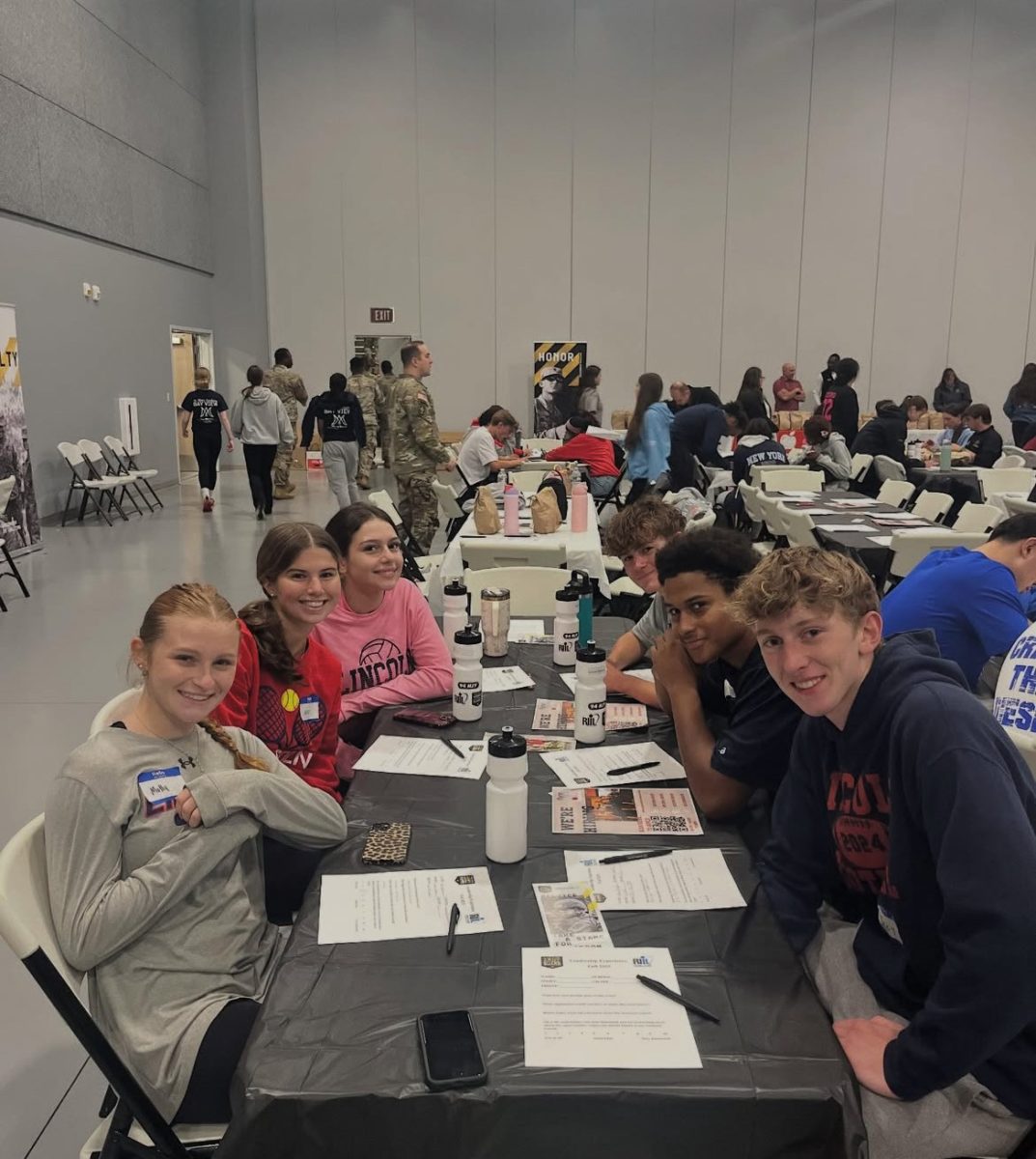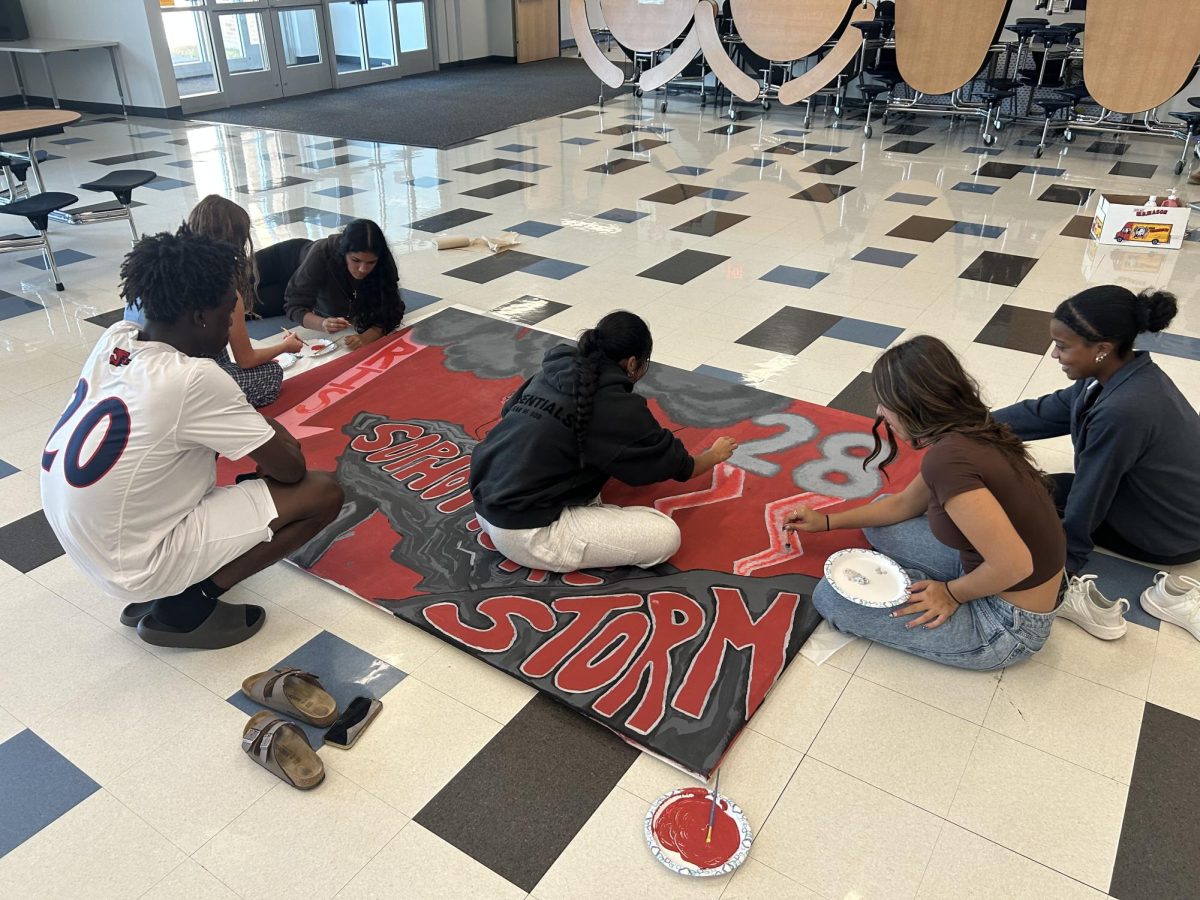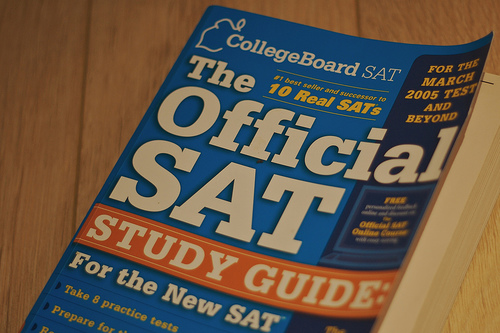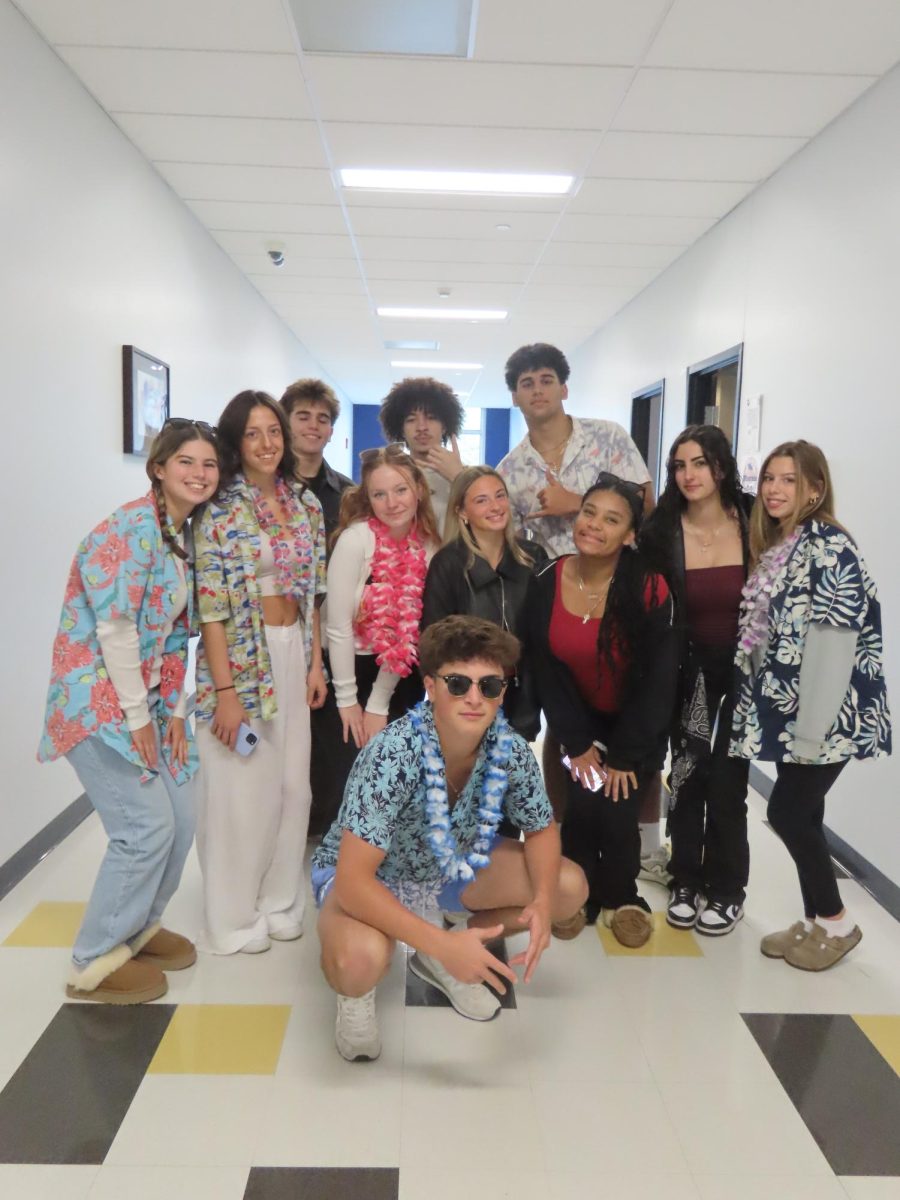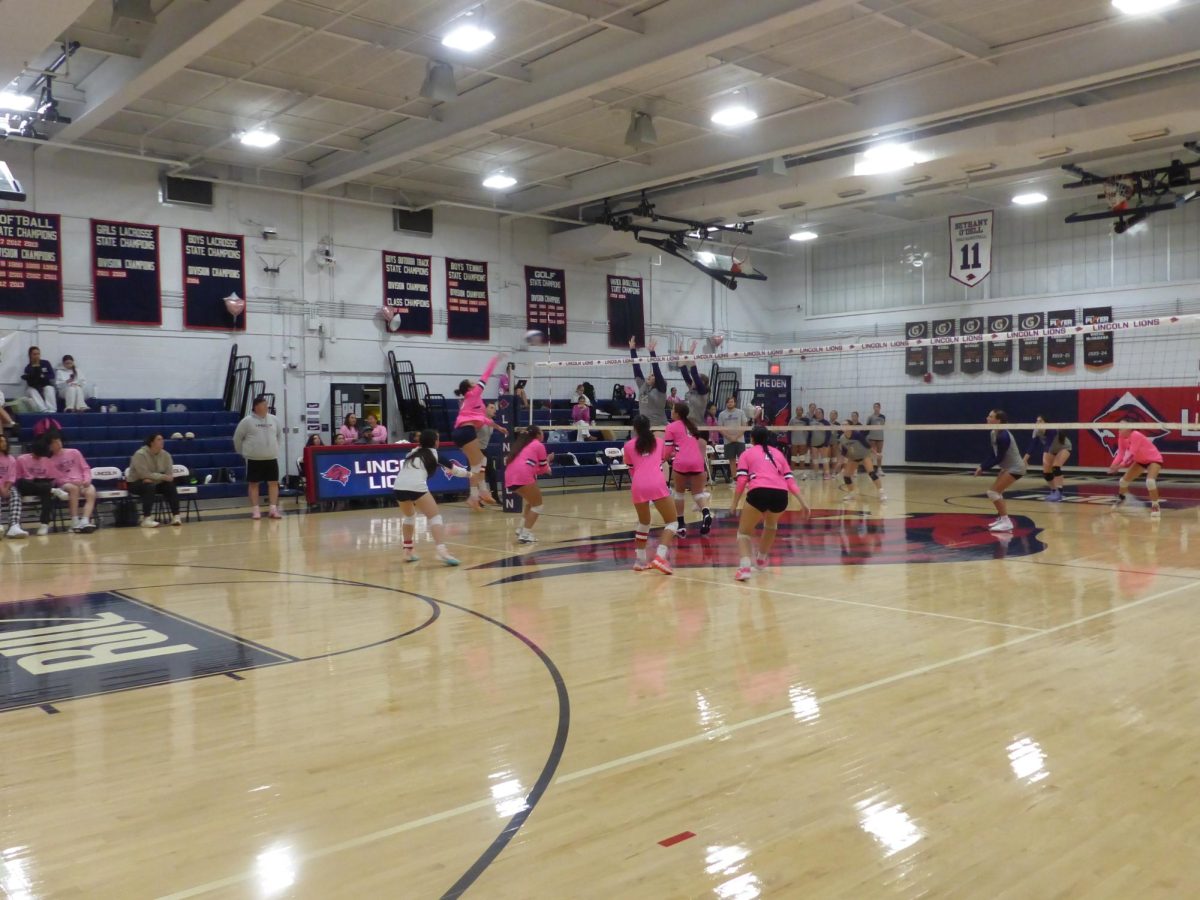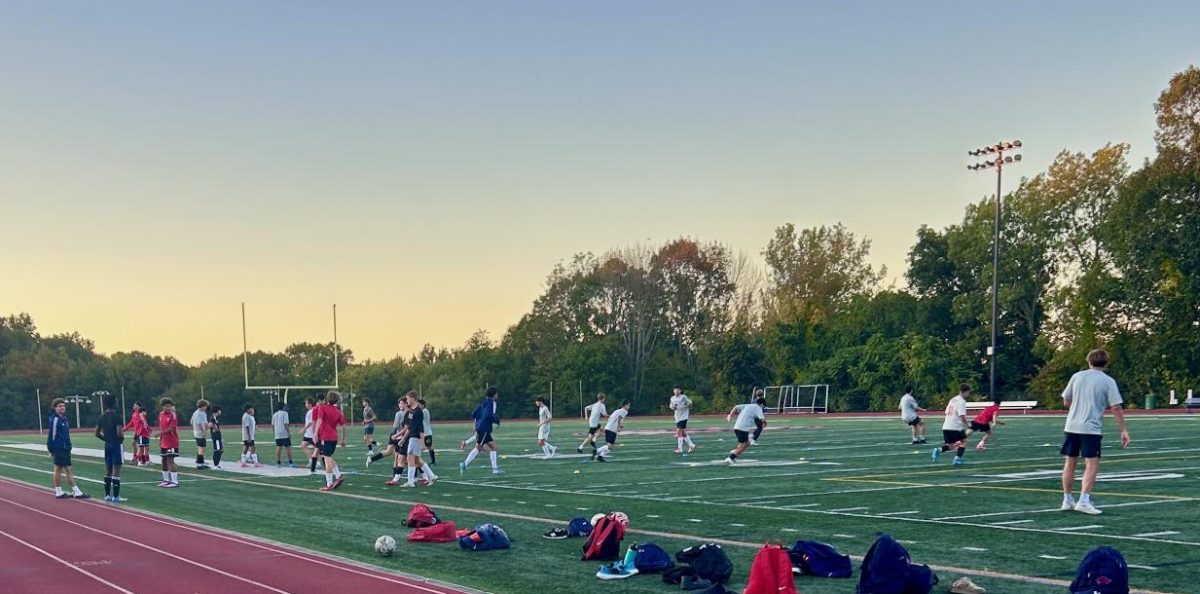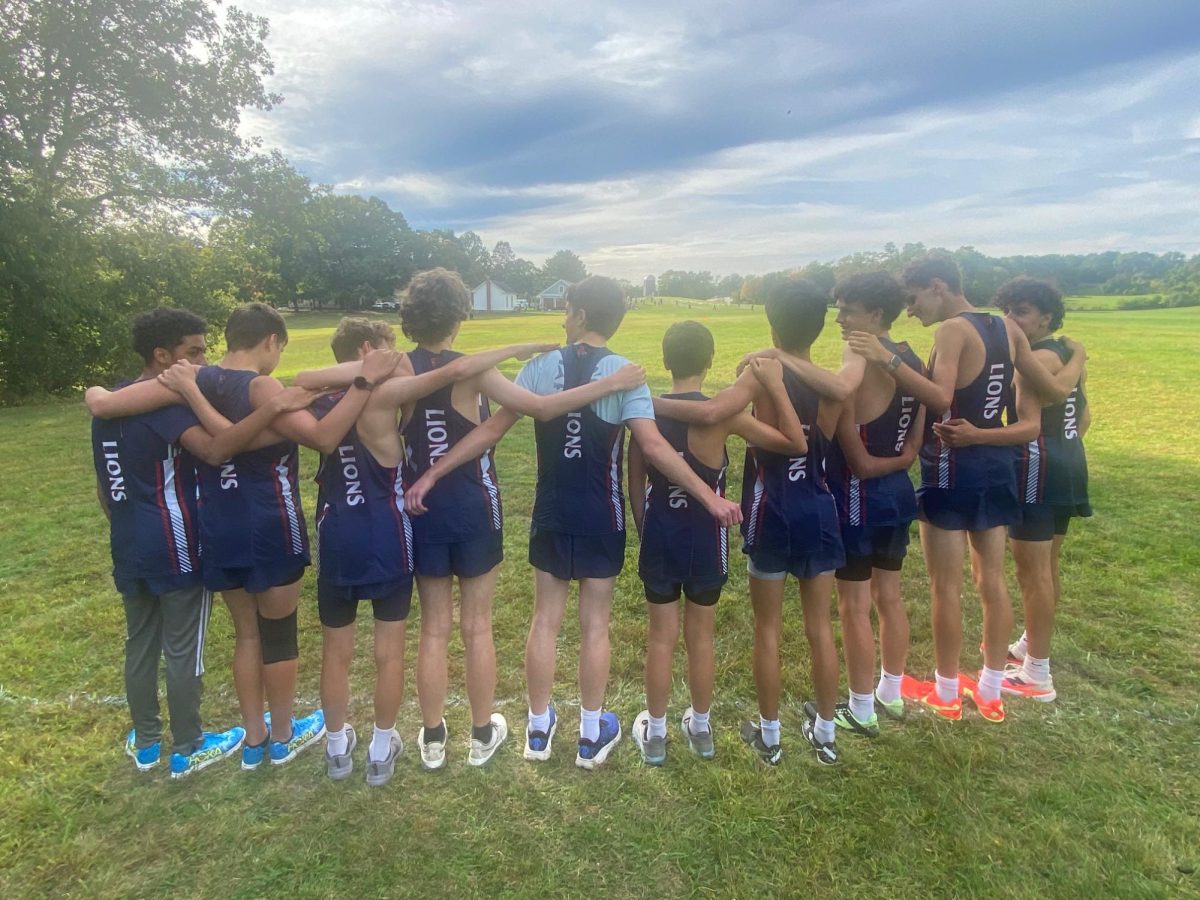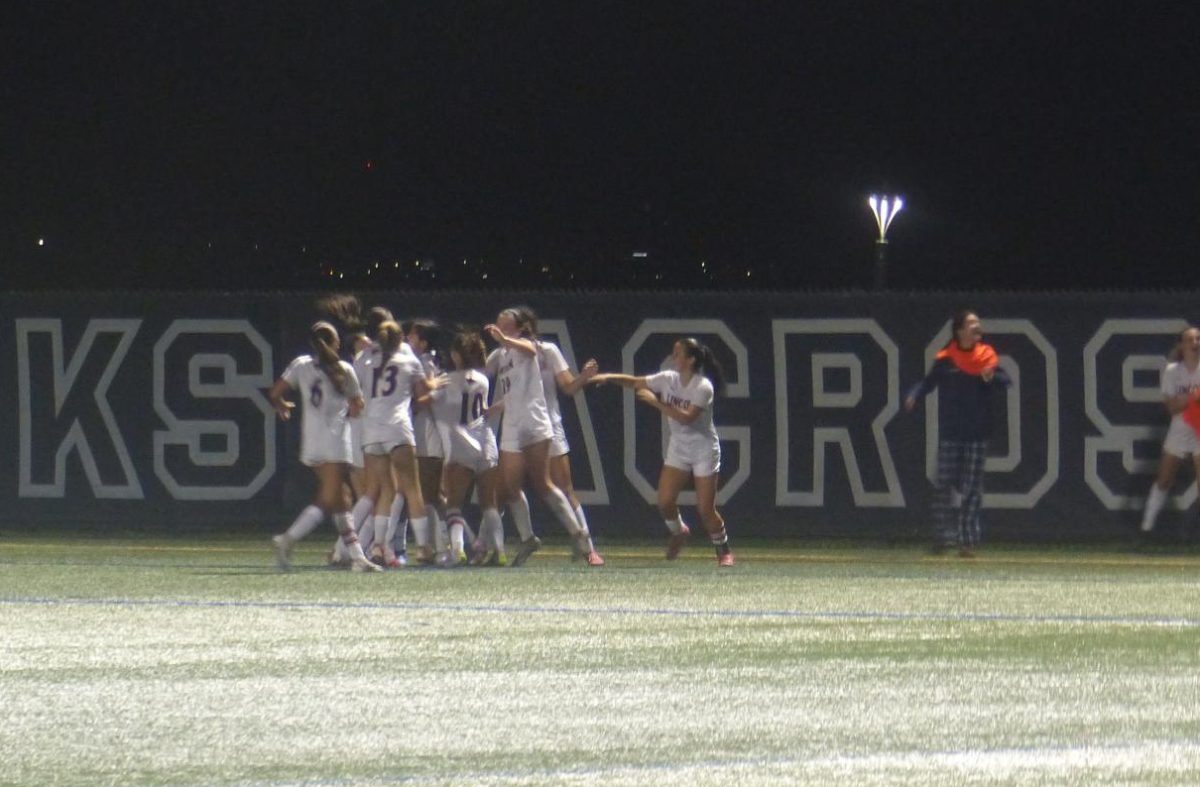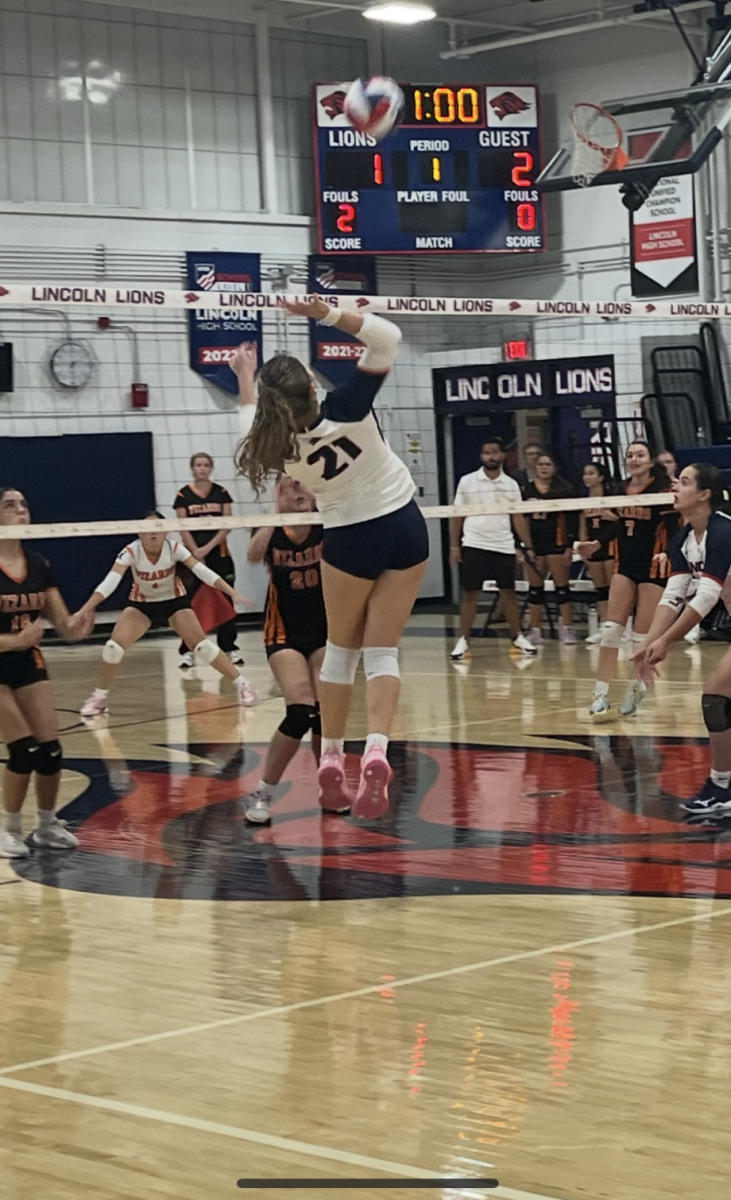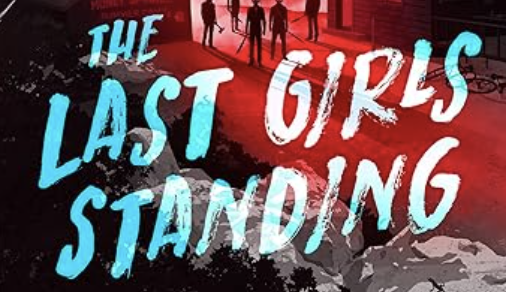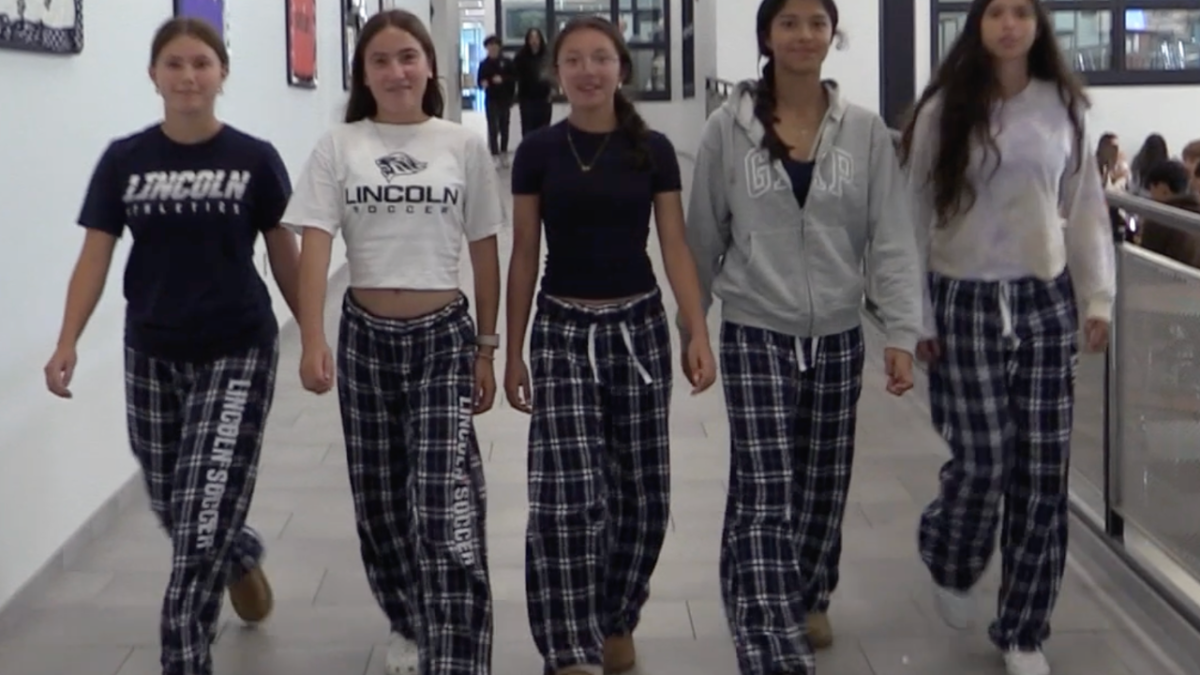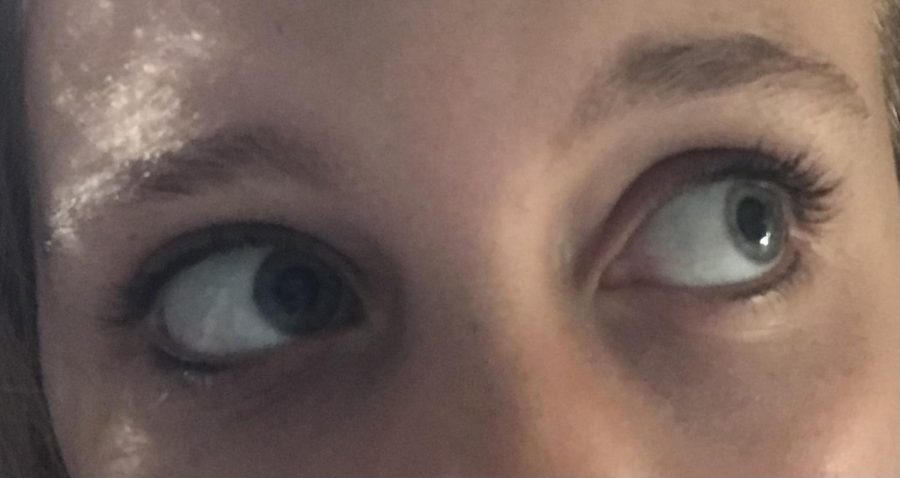Fear, From the Inside Out
Fear and Phobia In the Everyday Classroom
Everyone fears something, no matter how brave that person may be. Bravery doesn’t come from being fearless, but from how you can handle your fears. If fears take hold of your emotions, suddenly the smallest things seem like these monsters standing between point A and point B. There are many different fears someone can have, and sometimes the fears are overlooked by others, like having atychiphobia (the fear of failure), anthropophobia (the fear of people), or agoraphobia (a fear of crowds). Each of these fears is very different in its way, but all three have been overlooked many times.
These fears are often dismissed as excuses to not do stuff they aren’t comfortable with.
Atychiphobia (fear of failure) can cause people’s health to be pushed to the back burner, and their work to come first or they drop their studies and gain a new mindset. They might give up their studies and develop a mindset of “If I am low and score low I won’t be disappointed,”said one LHS sophomore.
Nshss.org speaks about how atychiphobia leads to this mindset of a learned amount of laziness and can cause students to become underachievers while also losing faith in themselves. This can devastate student grades as well as student frustration.
Multiple students at LHS have spoken about having a fear of failure and how it has affected them. Overall, students seemed split with how they dealt with the fear of failure. Some of the students decided to never let failure be an option and work intensely just for a grade. Or other students who can’t put in the amount of effort they used to due to the fear of failure that paralyzes their minds and restricts their abilities.
Anthropophobia, or the fear of people sounds funny, right?. How could one person be afraid of another? The fear is rational though: there is always a certain amount of apprehension people of all ages seem to exhibit when having to speak to a superior.
According to clevelandclinic.org, anthropophobia often manifests in the sufferer’s difficulty making eye contact with people, and can lead to the constant thought process of them being judged. These thoughts can lead to constraint paranoia in day-to-day life and affect how sufferers speak or interact around others. It can cause physical and mental problems as well.
Anthropophobia can cause vomiting/nausea, shortness of breath, tremors/uncontrollable shaking, etc. One in five adolescents suffer from this specific phobia. In high school the school system is not always aware of the issues students are coping with, leading to the students’ fear to grow and worsen because they feel that no one understands them. Then to make it worse, some of them also suffer from agoraphobia.
Fear of crowds is called agoraphobia. According to mayoclinic.org, this fear leaves the person feeling safe nowhere unless accompanied by a friend or family member. It becomes difficult to leave the house, get on the bus and go to school. Even the school no longer feels like a safe zone. Instead, the agoraphobic feels the need to constantly check over their shoulder to make sure people are not following them or looking at them. They lose the ability to function as a high schooler because it comes hard to sit in classes, to sit in the lunchroom, to walk down the hallways, or take part in normal daily activities that would have once been easy to do.
When it comes to facing your fears in the school environment there’s only so much you can do. If you feel the fear start to turn into panic, you need to take a deep breath and imagine yourself somewhere calming. Sometimes talking about it can help because it might help you realize that other people deal with similar issues.
Sometimes using the rewards system will help as well, if you can do something that is normally too difficult for you to do you then treat yourself afterward. During the pandemic, many students attended school virtually or only in half the days, which allowed for the crowds to be smaller and fewer people to fear. It had a negative effect, though, because people with these fears or similar fears have gone a year without having to deal with their phobias in a school environment leading them to withdraw more.
School nurse Nancy Plummer said, “I would only suggest that with any phobia, they should start slow and introduce the fear in small increments. This way they slowly gain confidence and hopefully overcome their fears. I would consult with a psychologist/psychiatrist (Mrs. Sarah Stevens) if it were a member of my family.”
Mrs. Plummer did admit that she wasn’t entirely educated on phobias and this was only the advice that she would give if approached with this topic again by a student needing help.
High school is a normally stressful time for adolescents but when you add fears like atychiphobia, anthropophobia, or agoraphobia the high school situation becomes a lot worse for the student dealing with these fears. The high school students that often deal with these fears can’t get help because getting help would require them to speak with adults.
Sometimes the fears almost seem to disappear, only coming back suddenly and far stronger than they had originally. As students we are expected to deal with all the stress of high school and in addition, we have to deal with the phobias that everyone seems to downplay.

